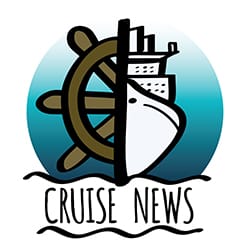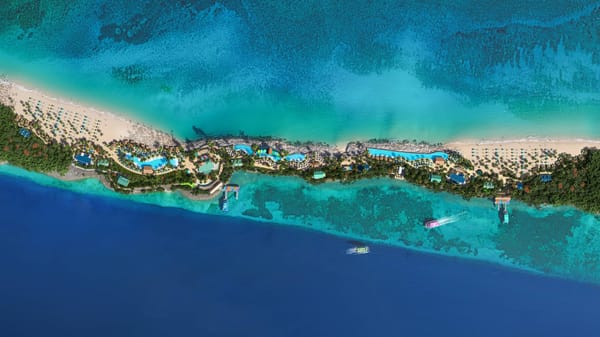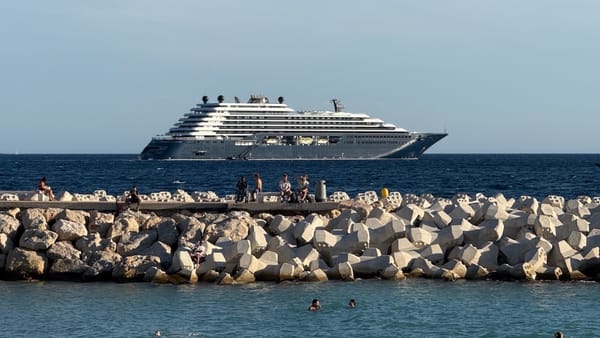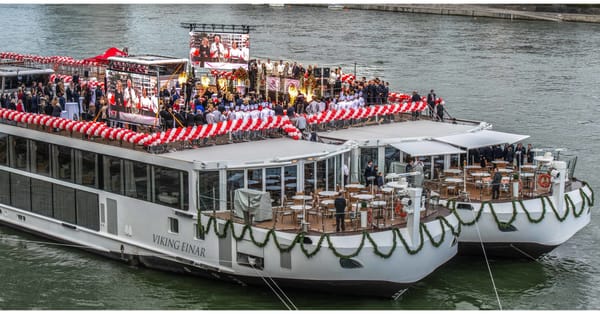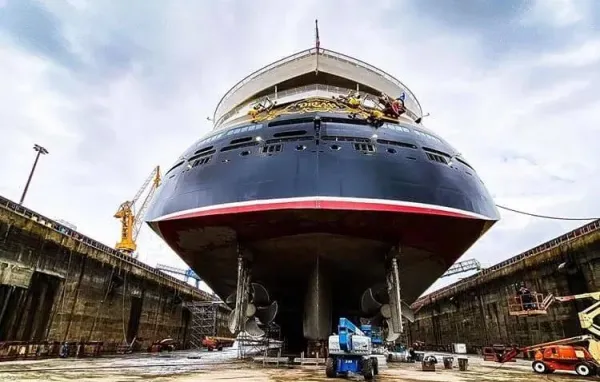Saudi Arabia Expands Sustainable Cruise Ports
Saudi Arabia’s cruise expansion unites new Red Sea destinations, major port upgrades, and stricter environmental policies to position the Kingdom as a responsible player in global cruise tourism.
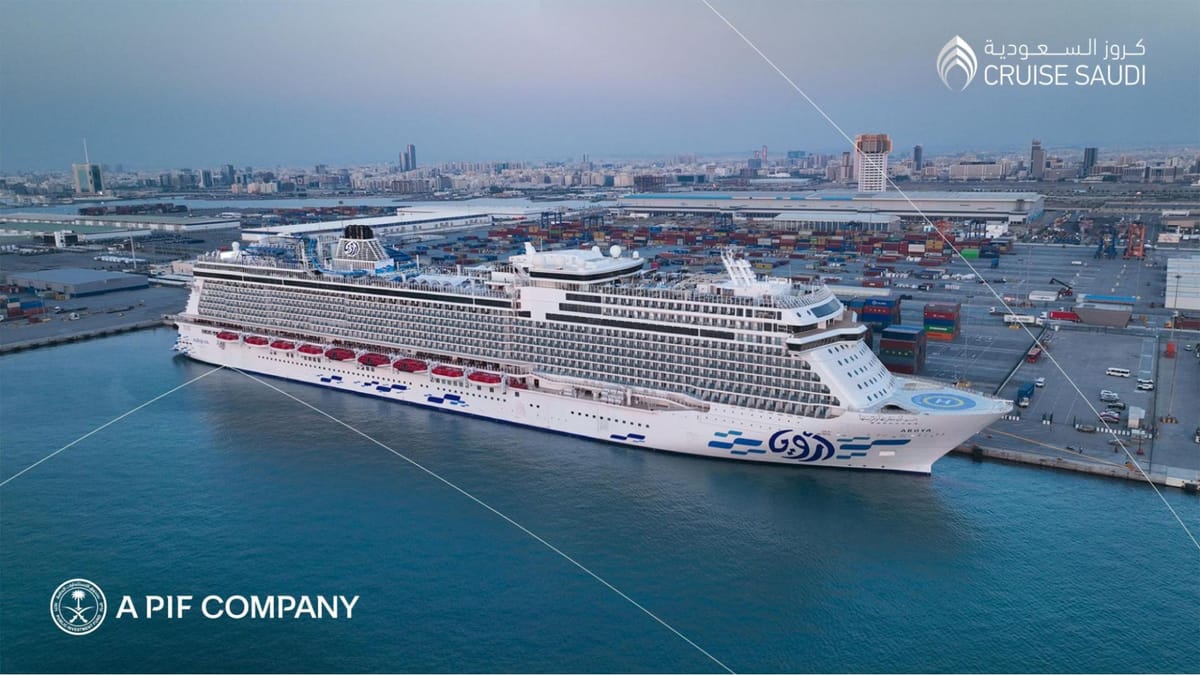
Saudi Arabia is rapidly expanding its cruise tourism sector, aiming to transform the Red Sea into a global cruising hub while aligning with the Kingdom’s Vision 2030. Cruise Saudi, established in 2021, has outlined targets of opening 10 cruise destinations by 2030 and attracting more than 1.33 million passengers by 2037. Jeddah, Yanbu, Saba Beach, and Dammam are currently operational, with additional destinations under development to meet international port standards and showcase Arabian cultural experiences.
Expanding Port Infrastructure and Destination Management
According to Cruise Saudi's executive director, Blazquez, infrastructure projects at existing ports focus on accommodating larger vessels and improving passenger services. In a separate podcast interview, Blazquez emphasized the importance of multi-stakeholder collaboration. “We identify all these requests and all these needs,” he said. “We put together all these requirements and needs to customize our services and to be sure that we are providing the best experience to all the passengers. We never forget the crew members.” The broader operational model, as described by Blazquez, involves working closely with government entities, tour operators, and private stakeholders to harmonize shore excursions, port logistics, and cultural authenticity.
Saba Beach Private Island and Sustainability Commitments
Saba Beach is Saudi Arabia’s first private island cruise destination, offering coral reef exploration and controlled guest activities. Blazquez noted that from the project’s start in 2024, environmental assessments and low-impact structures were prioritized. “From the beginning of Saba Beach that we started in 2024, we decided to follow any sustainable and green initiatives that could be implemented,” he said. This approach aligns with the Kingdom’s Vision 2030, supporting local ecosystems and nearby communities through prefabricated buildings, controlled logistics, and strict environmental standards. “We see that private islands will continue playing an important role for international cruise lines,” Blazquez added.
Pipeline Projects: AlWajh and Jeddah Enhancements
Ongoing developments include AlWajh, which is planned as a gateway to the heritage site of AlUla. Meanwhile, Jeddah’s port is set for capacity upgrades to handle larger vessels and higher same-day passenger throughput. These initiatives are designed to bolster turnaround and transit capabilities, contributing to Saudi Arabia’s wider goal of attracting 150 million visitors by 2030.
Collaboration with Arabian-Focused Aroya Cruises
Aroya Cruises offers an Arabian-centered onboard product that complements Saudi Arabia’s growing port network. “They created this immersive experience,” Blazquez said, highlighting the line’s emphasis on local culture and hospitality. By filling a market gap with a 100 percent Arabian experience, Aroya Cruises helps position the Red Sea as a premier luxury destination and showcases the Kingdom’s tourism brand on the global stage.
Comprehensive Regulatory Framework for Cruise Operations
Saudi Arabia has introduced its first complete set of regulations governing cruise operations, ensuring compliance with international marine conventions such as MARPOL and SOLAS. The rules address emergency response procedures, advanced waste management systems, and passenger welfare. Port facilities must maintain high standards of accessibility and customer service, while operators are required to keep travelers informed and supported in the event of itinerary changes or disruptions.
Zero-Discharge Waste Policy
An integral part of the new framework is a zero-discharge waste policy for cruise ships in Red Sea waters. Operators must treat all wastewater before disposal and may not dump untreated waste at sea. These environmental safeguards aim to preserve coral reefs, coastal habitats, and marine biodiversity, reflecting the Kingdom’s commitment to protecting its fragile marine ecosystems.
Streamlined Licensing to Attract Cruise Investment
The regulatory framework also streamlines licensing and permitting processes. By consolidating technical and operational requirements into one system, the Kingdom seeks to reduce bureaucratic delays, enhance transparency, and encourage private-sector participation. Cruise Saudi’s push to open new destinations and the government’s updated regulations are designed to reinforce Saudi Arabia’s position as a reliable global cruise market.
With multiple ports in operation, emerging private island offerings, and a regulatory structure that emphasizes safety and environmental protection, the Red Sea is on track to become a significant node in international cruise itineraries. Ongoing projects, including AlWajh’s role in facilitating visits to AlUla and further expansions at Jeddah, underscore the Kingdom’s ambition to balance sustainable development with large-scale tourism growth.
Frequently Asked Questions (FAQs)
What are Cruise Saudi’s main growth targets?
The organization plans to open 10 cruise destinations by 2030 and aims to attract approximately 1.33 million cruise passengers by 2037.
Which cruise ports in Saudi Arabia are currently operational?
Jeddah, Yanbu, Saba Beach, and Dammam are operational, offering itineraries that feature cultural experiences and Red Sea excursions.
What is Saba Beach and how is sustainability being managed there?
Saba Beach is Saudi Arabia’s first private island cruise destination. Its development includes environmental assessments, prefabricated buildings, and controlled activities to protect coral reefs and support local communities.
How does Aroya Cruises fit into Saudi Arabia’s cruise plans?
Aroya Cruises focuses on Arabian culture and hospitality, offering an onboard product that complements the Kingdom’s growing port network and highlights the region’s distinct heritage.
How are the new regulations shaping the cruise industry in the region?
The newly introduced framework enforces a zero-discharge policy, mandates safety measures such as emergency planning and crew training, and streamlines licensing. These updates aim to protect the environment, enhance passenger experiences, and attract global operators to Saudi waters.
